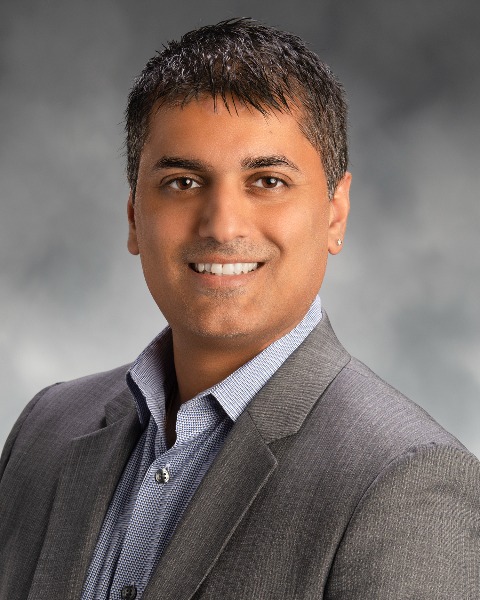Abstract Submission
PIV
(B6) A Clearer View: Ultrasound’s Advantage in IV Assessment
Friday, September 19, 2025
1:45 PM - 2:45 PM ET
Location: Desoto 3-4
Earn 1 CE Hour(s)

Amit Bahl, MD
Physician Scientist
Operation STICK
Bloomfield Hills, Michigan
S. Matthew Gibson, RN, VA-BC™, CRNI®, CPUI
CEO
Vascular Access Consulting
Henderson, Kentucky
Presenter(s)
Co-Presenter(s)
Disclosure(s):
Amit Bahl, MD: Becton Dickinson: Consultant (Ongoing), Grant/Research Support (Ongoing), Speaker's Bureau (Ongoing); CIVCO Medical solutions: Consultant (Ongoing), Grant/Research Support (Ongoing); FUJIFILM Sonosite: Consultant (Ongoing); ICU Medical: Consultant (Ongoing); Skydance Vascular: Consultant (Ongoing), Grant/Research Support (Ongoing)
S Matthew gibson, RN CRNI VA-BC: CIVCO Medical solutions: Consultant (Ongoing), Speaker's Bureau (Ongoing); Eloquest Healthcare: Consultant (Ongoing), Speaker's Bureau (Ongoing); ICU Medical: Speaker's Bureau (Ongoing); Operation STICK, LLC: Owner (Ongoing)
Nearly 50% of IV insertions fail, and over a third of patients face difficult venous access (DIVA), increasing the risk of complications. Ultrasound has proven invaluable for guiding DIVA procedures, but its benefits go well beyond needle placement. It can reveal the true scope of DIVA cases, many of which are likely under-identified. This presentation will discuss how ultrasound transforms IV procedures by helping clinicians detect "silent" DIVA patients, even those who appear to have easily accessible veins. Traditional visual or tactile assessments often miss key details, while ultrasound provides precise insights into vein depth and catheter-to-vein ratios, enabling better-informed decisions. Advances in portable ultrasound and AI have overcome previous barriers of cost and complexity, making this technology widely accessible to clinicians.
Learning Objectives:
- Analyze the failures and complications associated with peripheral IV insertions.
- Examine the actual prevalence of difficult venous access (DIVA) cases.
- Identify the shortcomings of using only visual and tactile methods for IV placement.
- Understand how ultrasound technology addresses the gap in identifying DIVA patients.
- Explore strategies for implementing ultrasound effectively and empowering generalist clinicians to improve outcomes.

